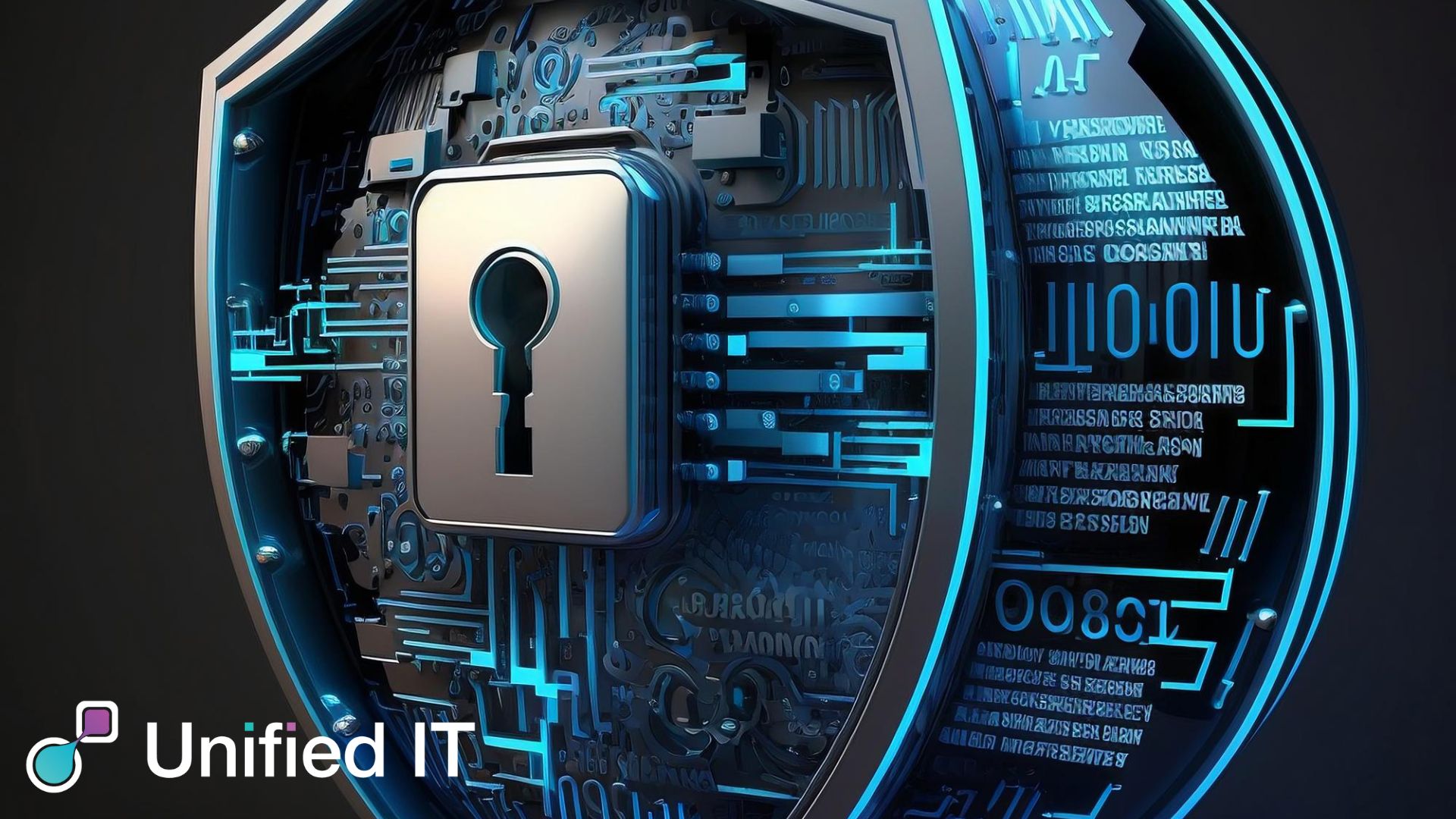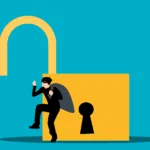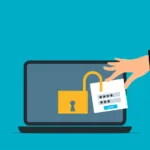Defending against Saas ransomware is critical for enterprises, particularly as all use Software-as-a-Service (SaaS). More online collaboration increases the risk of ransomware and other hacks that might cause serious issues. Safeguarding our gadgets and the data we exchange on the cloud is crucial. Businesses require robust cybersecurity procedures to remain secure.
This entails safeguarding not just our gadgets but also the data we store online. This entails utilising reliable computer security solutions and exercising caution when sharing and storing information online. Thus, it’s like having two lines of defence to protect our company’s data against ransomware threats. Moreover, it’s highly recommended that you know more about Password Managers and Security Skeletons.
This blog post will discuss what SaaS ransomware is, why it’s a problem, and, most importantly, how to keep your business safe. We explain SaaS ransomware and guide you on protecting your organisation in the digital world.
The Risks of SaaS Ransomware
Data Loss:
One big risk while defending against SaaS ransomware is losing important data. Ransomware locks access to crucial files until a ransom is paid. This risks sensitive data and can disrupt normal business operations, leading to productivity losses.
Reputational Damage:
More than just money, falling victim to a SaaS ransomware attack can harm a company’s reputation. If client and partner data are compromised, trust can be lost, causing long-term damage to the brand. Rebuilding trust can be tough, making prevention crucial.
Financial Impact:
A SaaS ransomware attack can cost much more than just paying a ransom. Businesses may face costs for fixing systems, legal fees, and penalties. Also, when a business is down because of an attack, it can lose money and slow overall business growth.
In the next parts of this blog post, we’ll dig deeper into each of these risks, give you a better understanding of the threat, and share simple strategies to protect against SaaS ransomware attacks. Stick with us as we navigate the challenges of keeping your organisation safe in the digital world.
Defending Against SaaS Ransomware
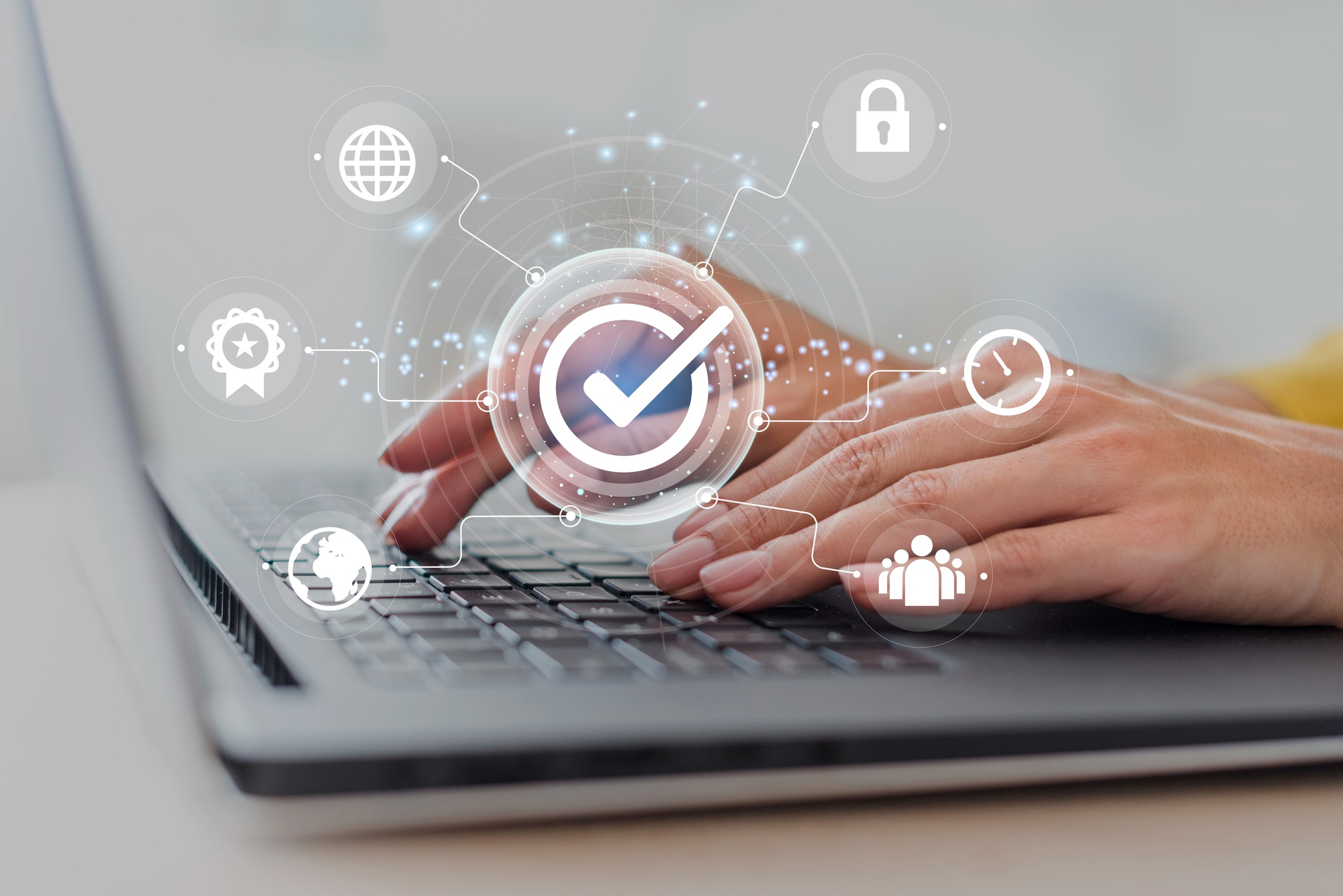
- Educate Your Team:
Educating your team is one of the best ways to defend against SaaS ransomware. Make sure everyone knows the risks and how to spot potential threats. Teach them about safe online practices, like avoiding clicking on suspicious links or downloading unknown attachments. A well-informed team is your first line of defence.
- Enable Multi-Factor Authentication (MFA):
Adding an extra layer of protection with Multi-Factor Authentication (MFA) is a simple yet powerful defence against Saas Ransomware. Even if someone gets hold of passwords, MFA requires an additional verification step, making it much harder for unauthorised access.
- Regular Backups:
Regularly back up your important data. In the unfortunate event of a ransomware attack, having recent backups ensures you can recover your information without succumbing to the attacker’s demands. Make sure the backup process is automated and tested to ensure reliability.
- Apply the Principle of Least Privilege:
You can limit access to sensitive data to only those who truly need it. The Principle of Least Privilege means giving employees the minimum access necessary to perform their tasks. This way, the potential damage is restricted even if an account is compromised.
- Keep Software Up to Date:
To defend against Saas Ransomware, regularly update your software, including operating systems and applications. Developers release updates to patch vulnerabilities. Keeping everything up to date ensures you benefit from the latest security improvements.
- Deploy Advanced Security Solutions:
Invest in advanced security solutions designed to combat evolving threats. This may include robust antivirus software, intrusion detection systems, and other cutting-edge technologies that can identify and neutralise ransomware attacks.
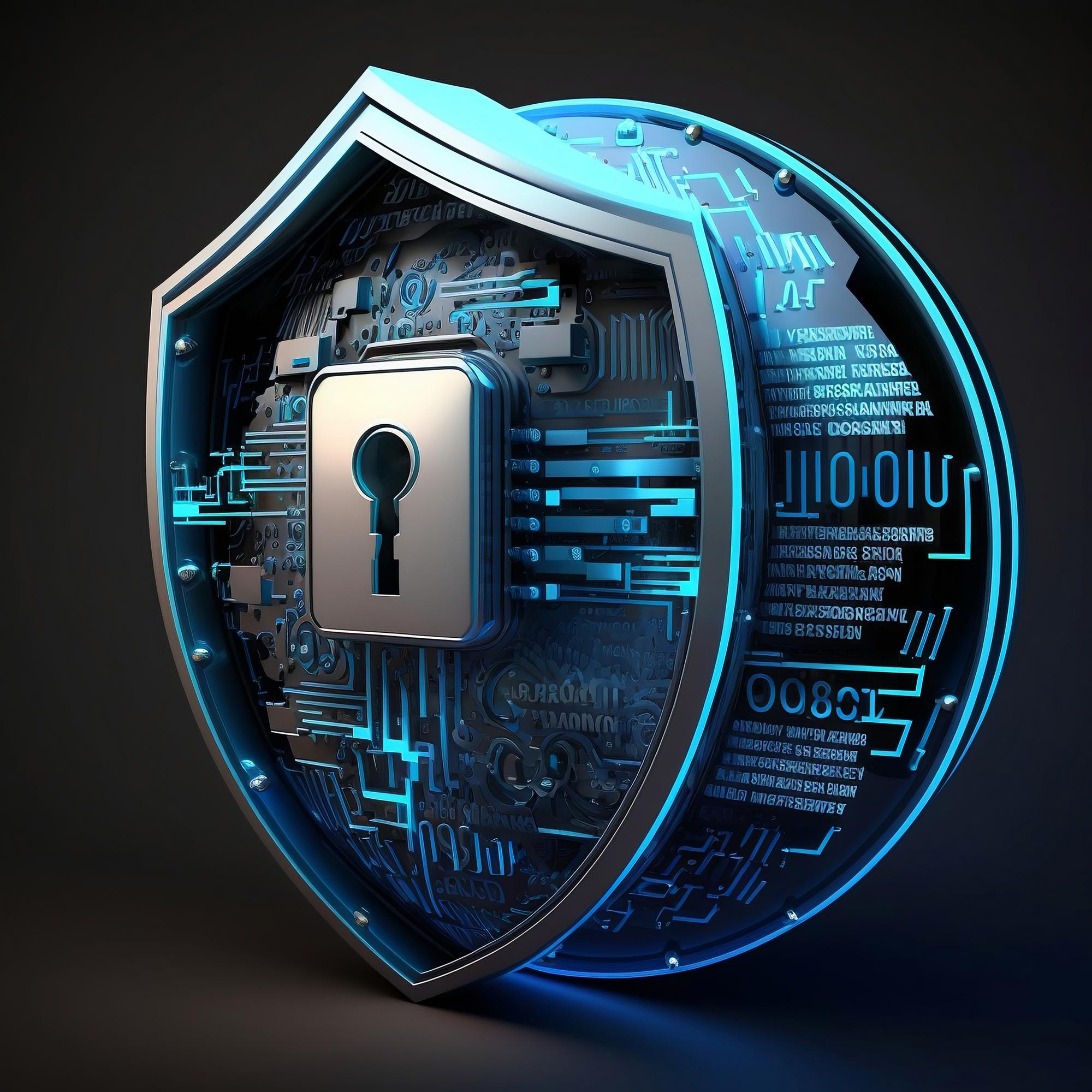
- Track Account Activity:
Monitor and track user account activity. Unusual or suspicious behaviour could be an early sign of a security threat. By closely monitoring account activity, you can detect and respond to potential issues before they escalate.
- Develop an Incident Response Plan:
Have a clear incident response plan in place. Knowing what steps to take in the event of a ransomware attack ensures a swift and coordinated response. This plan should include communication protocols, steps for data recovery, and collaboration with law enforcement if necessary.
- Don’t Leave Your Cloud Data Unprotected!
Ensure that your cloud data is well-protected. Utilise the security features provided by your SaaS provider and consider additional security measures if needed. Leaving your cloud data unprotected is an open invitation for ransomware attacks. Before going further, why don’t you review our articles on Identity And Access Management and Passkeys Vs. Passwords?
Conclusion: Guarding Against SaaS Ransomware
For defending against SaaS ransomware threats, robust security practices are your strongest shield. Once an attack strikes, addressing it becomes a formidable challenge. While containment and reliable backups may help sidestep ransom payments, paying up doesn’t guarantee complete system recovery.
Take a proactive stance by discussing risk assessments and ensuring you have an updated incident response plan with your IT provider. If your current provider neglects these essentials, it’s a red flag.
Unified IT Services, a trusted name in London, specialises in reinforcing IT security practices. If you’re looking for a new IT provider, schedule a free 30-minute consultation with Unified IT. Let’s fortify your cybersecurity defences and navigate the risks of SaaS ransomware together. Don’t leave your organisation exposed—Unified IT is here to prioritise your security.



